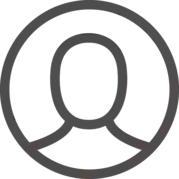Embroidery machines are not able to read the same types of files as your computer can, so you have to digitize your logo in a way that the machines can understand before they can do their job. From a digitizer’s perspective, that usually means taking a JPG or PNG file of a customer’s company logo or artwork and converting into an embroidery file. The embroidery file type is determined by the type of embroidery machine you will be using.
Mon-Fri 9am-6pm





